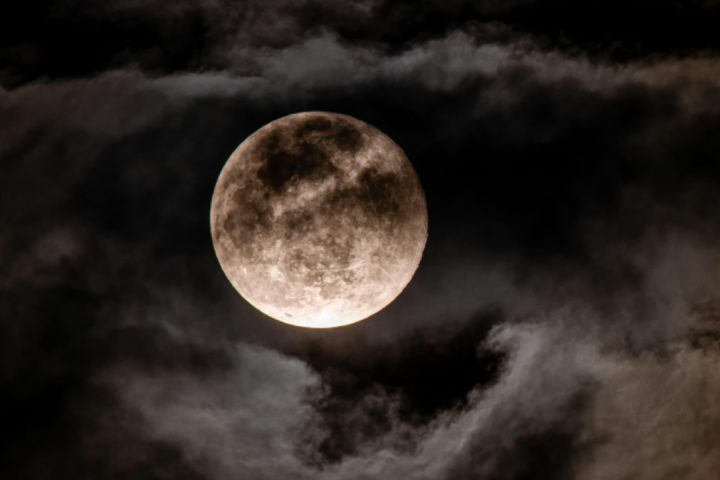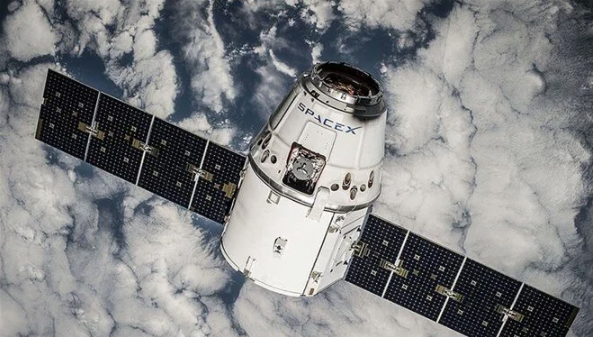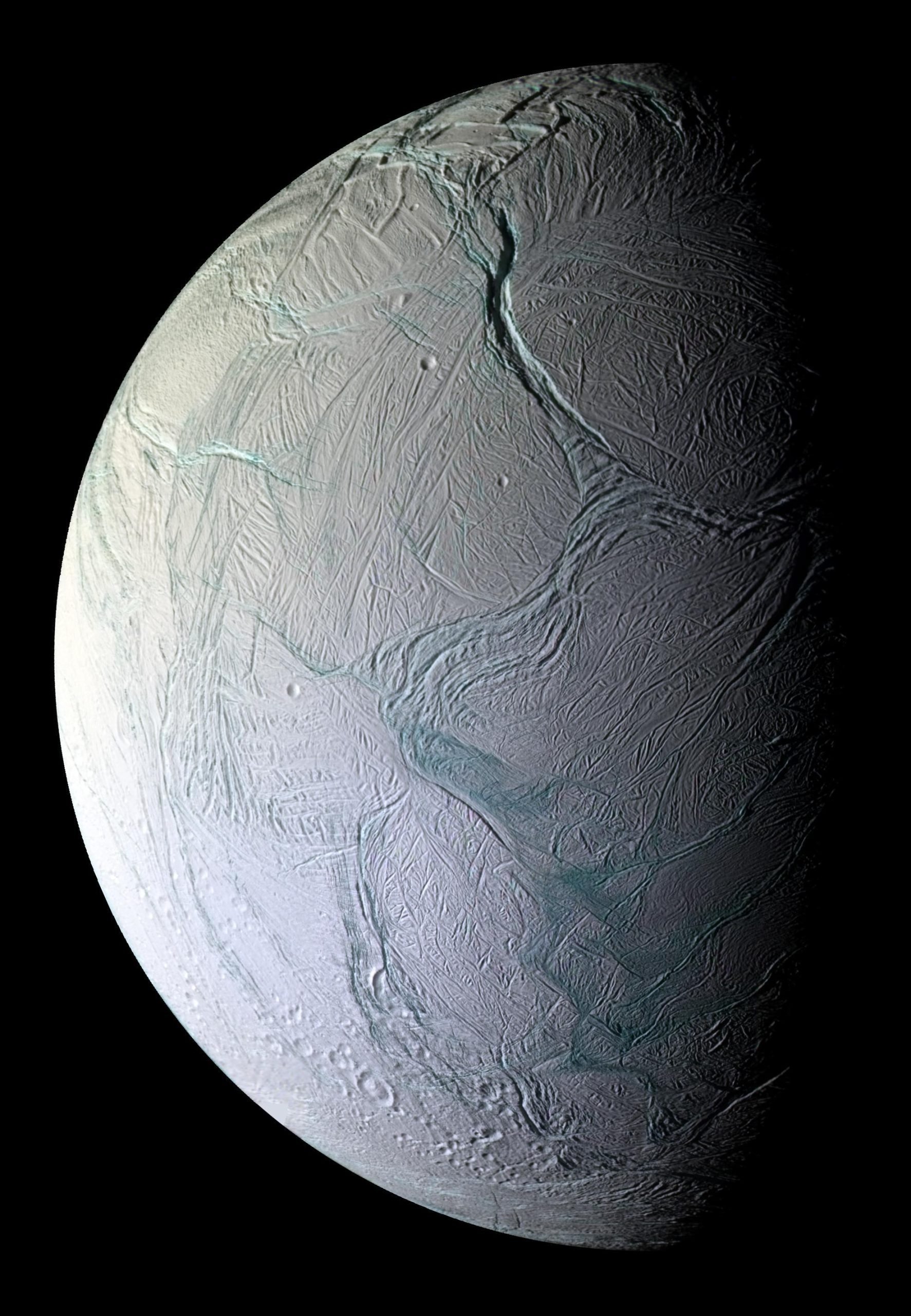With space missions launched to explore beyond Earth, more and more is being learned about the Moon, planets in the Solar System and other galaxies.
Mankind’s quest to explore deep space began 67 years ago when the USSR launched the artificial satellite “Sputnik 1” into Earth orbit.
Since the launch of the first artificial satellite in 1957, the Solar System and space have been studied in detail and thousands of planets and stars have been discovered.
Here are some of the firsts in the field of space studies and the progress made in this field…
The first man in space
On April 12, 1961, Soviet cosmonaut Yuri Gagarin became the first man in space, orbiting the Earth for 108 minutes in the space shuttle “Vostok 1”.
On the other hand, in the same year, the US Aeronautics and Space Agency (NASA) sent first monkeys and then astronaut Alan Shepard into space in shuttles developed as part of the “Project Mercury”. But Shepard failed to reach Earth’s orbit.
Following this attempt, astronaut John Glenn became the first American to reach Earth’s orbit on February 20, 1962.
Before the space stations were built, Russian cosmonaut Valeri Bykovsky set the record for the longest solo space flight with 4 days and 23 hours in the Vostok 5 spacecraft on June 14-19, 1963.
“A small step for man, a big step for humanity”
On July 20, 1969, the United States sent Neil Armstrong, Edwin Aldrin and Michael Collins to the Moon as part of the Apollo 11 mission.
Armstrong, who made history as the first man to set foot on the Moon, was also remembered for his words “A small step for man, a big step for mankind” while stepping on the Moon.
While 12 people landed on the lunar surface as part of NASA’s “Apollo” program, the program ended in 1972 with the “Apollo 17” mission.
Following Gagarin, the first man in space, and Armstrong, the first man to set foot on the Moon, steps have begun to be taken for long-term space missions.
Moreover, before the space stations were established, the longest flight was 18 days, which was considered a record in 1970. At that time, it was not possible to stay in space for a long time due to the small size of the spacecraft, the inability to store basic needs and the limited facilities such as medical supervision.
The first experimental space station was Salyut 1, established in 1971. Salyut hosted many long-duration missions in the 1970s and 1980s, with the record for the longest stay at Salyut reaching 237 days.
The Mir station, whose first module was sent into space by the USSR in 1986, hosted many long-duration missions during the 15 years it was operational, and the record for a single human spaceflight stay in space rose to 438 days. This record was set by cosmonaut Valeri V. Polyakov in March 1995.
“Venera 7”
Venera 7, one of two spacecraft launched to Venus by the USSR, became the first spacecraft to soft-land on another planet and stream data back to Earth when it landed on Venus in December 1970.
The goal of the mission was to retrieve data from Venus’ atmosphere, land on the planet’s surface and continue the data transfer after landing.
“Voyager”
NASA’s “Voyager 1” and “Voyager 2” spacecraft, whose main missions were to study Jupiter and Saturn, were launched into space in 1977.
While “Voyager 1” provided detailed images of Jupiter and its moons, revealing new information about the planet’s atmosphere, the “Great Red Spot” and the ring system, “Voyager 2” made history as the only spacecraft to visit Uranus and Neptune.
The vehicles, which have also participated in interstellar space exploration, continue to provide information to Earth.
Mars missions
Launched by the United States in May 1971 to gather information about Mars, “Mariner 9” became the first spacecraft to orbit Mars and discover volcanoes and large canyons on the planet.
“Viking 1” and “Viking 2” were the first spacecraft to land on the surface of Mars in 1976 as part of a NASA mission.
For years, rovers have been working on the surface, collecting data about the Martian environment, looking for signs of life.
The rovers, which took many photographs, examined the chemistry of the Martian surface and tested the microorganisms found in Martian dust called “regolith”.
NASA has also found evidence that there used to be water on the surface of Mars with some of the spacecraft it sent as part of the “Mars Rover” program.
International Space Station (ISS) construction
The ISS provides a platform for international interdisciplinary studies where scientists can study the impact of long-term spaceflight on human physiology and psychology. The ISS crew has been working on a rotational basis for nearly 20 years.
The first long-term ISS crew, William M. Shepherd, Yuri P. Gidzenko and Sergei K. Krikalev, arrived on November 2, 2000. On March 10, 2001, the crew changed and the Expedition 2 mission with Yuri V. Usachev, James S. Voss and Susan J. Helms arrived at the ISS.
NASA astronaut Christina H. Koch became the longest spaceflight woman in February 2020 with her 328-day mission.
Russian cosmonaut Gennadi I. Padalka holds the title of the individual who has traveled the most in space. Once on Mir and 4 times on the ISS, Padalka spent a total of 878 days in space. Thus, Russian cosmonaut Padalka holds the cumulative record for the longest stay in space with 878 days.
US astronaut Peggy A. Whitson is among the people who have spent the most cumulative time in space with 675 days.
NASA’s record for the longest single stay in space is held by astronaut Frank Rubio at 371 days.
Expedition 70’s mission is currently underway on the ISS. The 7-member Expedition 70 crew, which launched on September 27, 2023, includes Andreas Mogensen, Jasmin Moghbeli, Furukawa Satoshi, Loral O’Hara, Konstantin Borisov, Oleg Kononenko and Nikolai Chub.
Space Telescopes
In addition to space exploration missions, especially the ISS, space telescopes play an important role in exploring the depths of the universe and expanding human knowledge.
The Kepler Space Telescope, which NASA sent into space in 2009, has discovered planets orbiting other stars beyond the Solar System.
“Since its launch in 1990, the Hubble Space Telescope has been providing humanity with images and information about space.
Launched on December 25, 2021, the James Webb Space Telescope (JWST) is also trying to find the first early galaxies. JWST’s remarkable discoveries include many stars, exoplanets and young galaxies.





